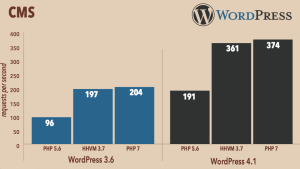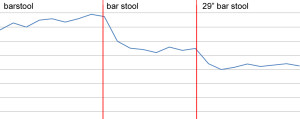We’ve barely noticed the holiday season fly by and it’s already the end of January. Some are complaining about the terrible weather, so we’ve decided to lighten up the days by drafting a list of fun and useful web development tips that will ease your day and maybe even bring a little sunshine. If you’re lacking that small push towards your clever digital solutions or if you’re just looking for something web-related and fun to read, you might just enjoy the following.
Our creative team recently has been busy working on fantastic branding for industry grands and start-ups and each time facing a creative wall, they’ve been falling back on a host of beautifully crafted and intuitively composed brand books – from such grands like Apple to Foursqure to freelance designer brands. A brand book should encompass your business core values, be easily adaptable to different mediums and help out all departments. Check out this list if you’re looking for inspiration as well.
When building a brand book, have in mind that different people will be using it, implementing brand rules on different media, from print to digital. So making it appealing and intuitive is key – no subtext, no hidden messages or unfinished thoughts. WYSIWYG works well.
Good news (hopefully) for web developers – PHP 7 release. Improved Zend engine, impressive speed, more intuitive error and exception control, stable support for 64-bit systems and many more upgrades for innovative and demanding-on-resource code. PHP 7 has the potential to optimise difficult commercial platforms and speed up websites, so many new projects are now developed using PHP 7 or at least, having it in mind. On the other hand, legacy projects are facing a difficult question – is it worth investing into a full platform re-vamp? PHP, if upgraded to version 7 on a legacy project, could potentially compromise the existing code, so a simple upgrade is out of the questions. However, looking at the pros offered, it is hard to say No. You can find more info on PHP 7 here. We work basing our practices on the principle that collaboration leads to better results – when experts share working space, it’s not just to save on the rent – we’ve noticed that projects developed by different teams working at the same round table are usually more successful and have the goals aligned along many disciplines, achieving a synergy, where everything works together beautifully, to achieve many goals at once. Our insights, yet again, have been confirmed at a webinar by InVision. Although we’re perfectly aware that marketing and design teams usually have very different opinions on what makes a good project good, it is sometimes difficult to pin-point the reason for it. The webinar simply defined it as different perspectives. Both teams are looking at the same goals, but they have different points of view on how these goals should be achieved, so getting them to talk and explain their reasoning to each other usually helps to improve the project. Relevant to those who are renewing their websites or changing website hierarchy: WayFair.com made an accidental discovery regarding 301 redirects. These redirects are most commonly implemented when a new version of a website is released or after renewing page/ product hierarchy (that is, when the URL structure changes). Pages change their position, so search engines are instructed to fetch the page from new location. However, the more times the URL structure changes, the bigger the chances of loosing a percentage of incoming traffic, and by default, loosing SEO value. The advise provided by WayFair.com is to retain the URL structure when renewing the website and avoid URL structure changes altogether (or rather do it, but have the risk in mind). Another interesting and intriguing article about digital news and user interaction with digital news format. Google Analytics and/ or different metrics and analytical tools are used in nearly all websites, but is the analytical data used to modify and improve the digital strategy?

 English
English

